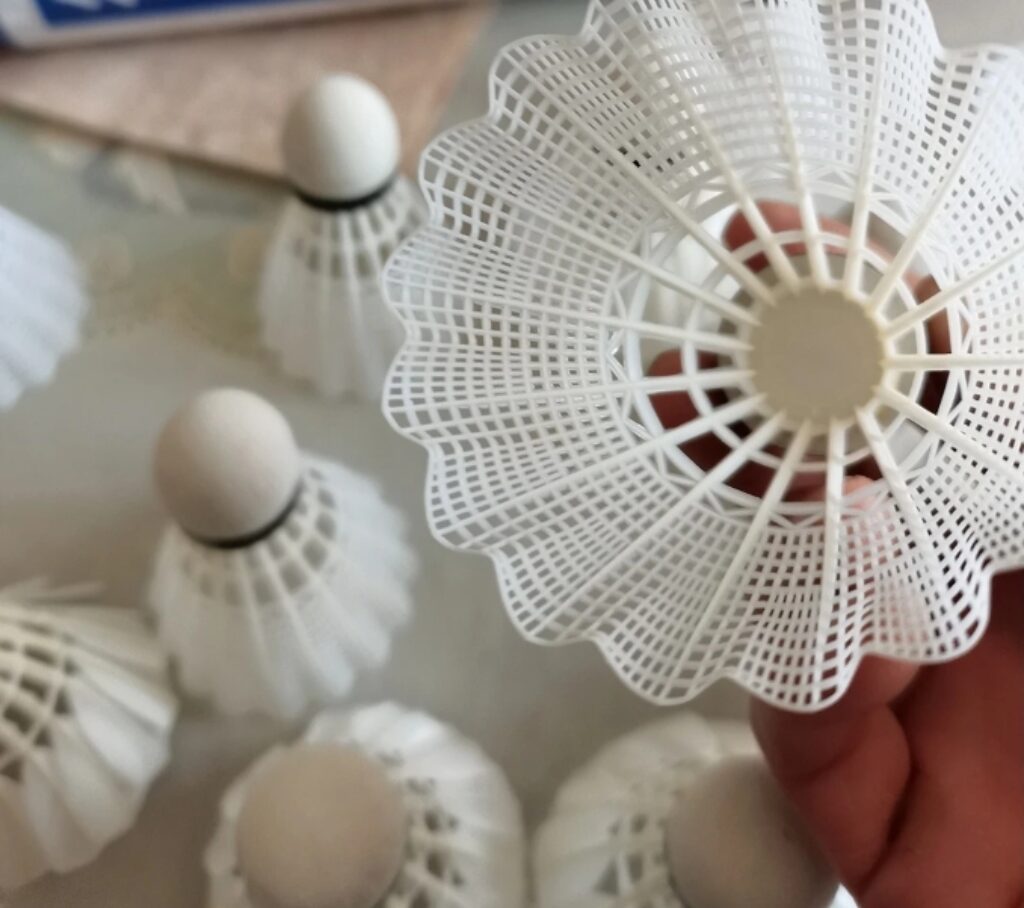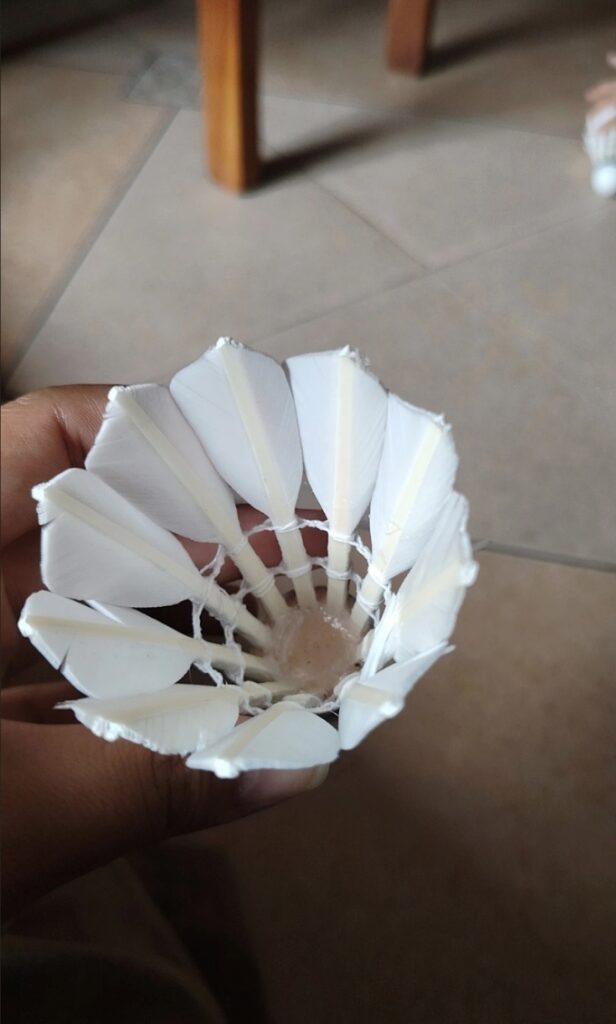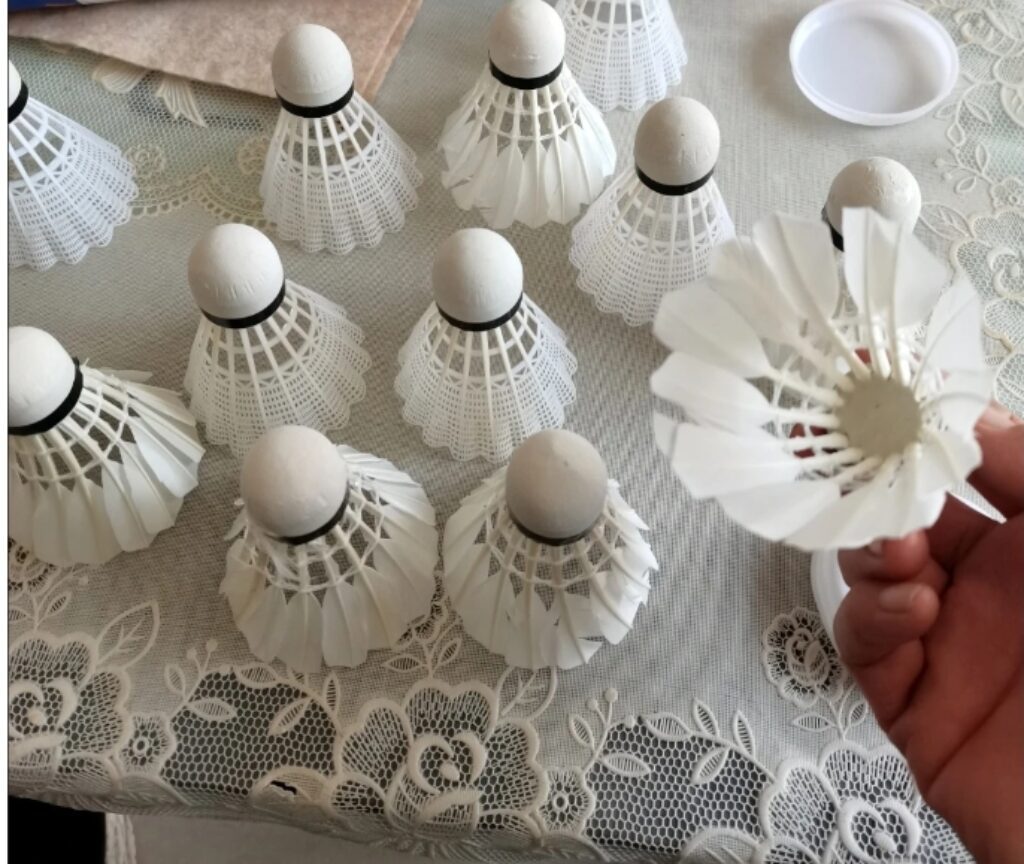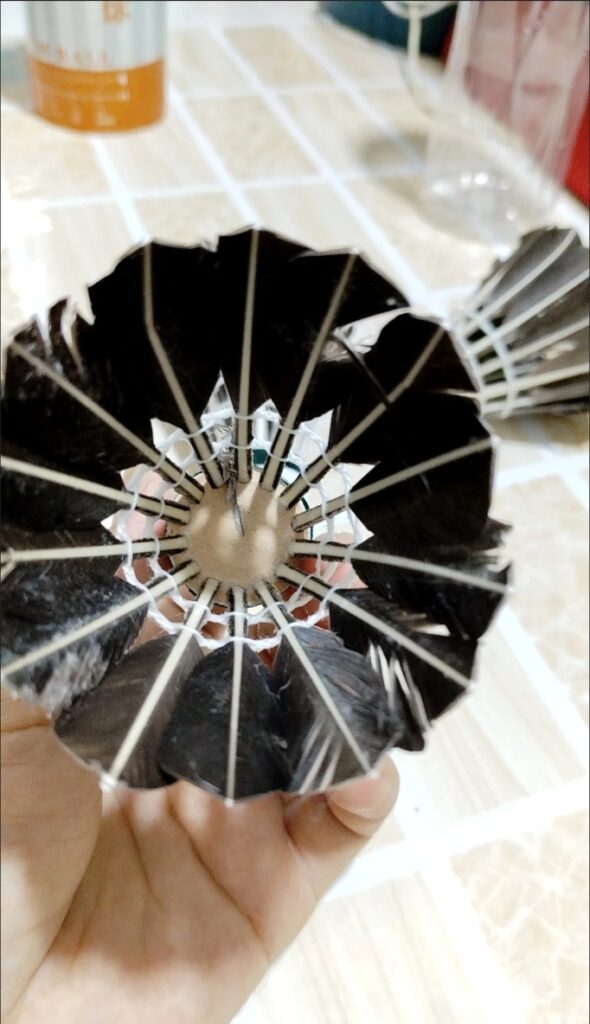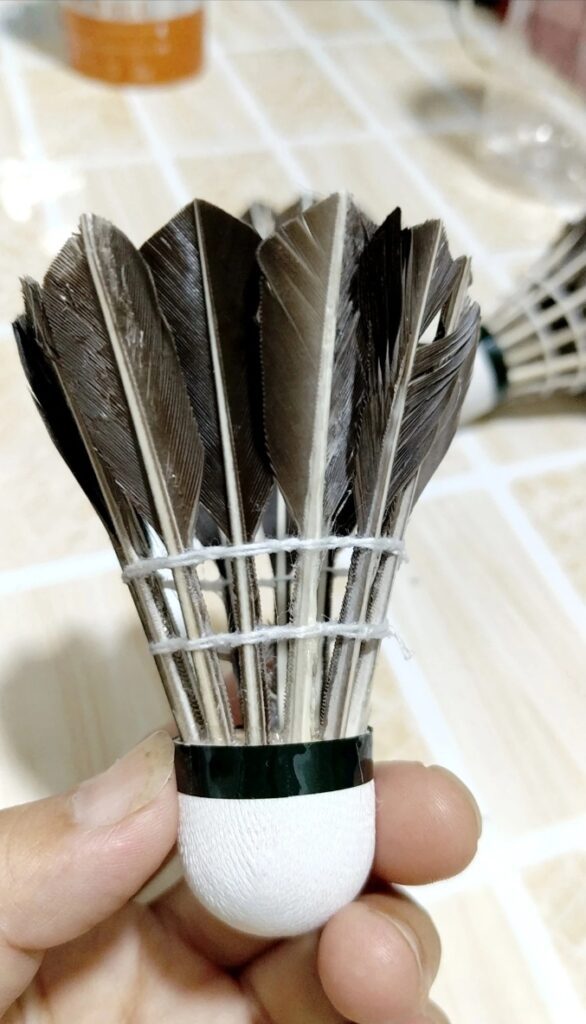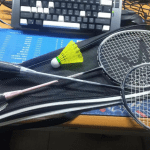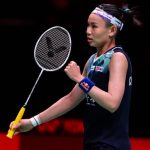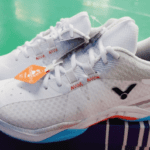
How to Choose Badminton Equipment
The Paris Olympics have concluded, and the Chinese team achieved impressive results in badminton with 2 golds and 3 silvers. The excitement for the sport continues to be fueled beyond the hot Olympic courts.
However, recent months have seen a noticeable rise in badminton prices. Since the beginning of summer, many leading badminton brands have announced price increases, with some brands raising prices by 14-15 RMB per tube, marking a 20%-30% increase compared to last year. Some online users have humorously remarked that badminton has become a “financial product.”
Since early July, brands like Yonex, DHS, Lining, Li-Ning, Victor, and others have begun a new round of price hikes. Currently, the prices of major domestic badminton brands are generally 20%-30% higher than last year, with some models increasing by over 60%. The main reason for these frequent price adjustments is the surge in raw material costs. The key material for shuttlecocks, which is duck and goose feathers, has seen a decrease in supply due to reduced breeding volumes, leading to a tight supply of raw materials.
For badminton enthusiasts, who view shuttlecocks as consumables, choosing cost-effective options is crucial.
1. How to Choose Shuttlecocks
First, check the distribution of feathers. The feathers should be evenly arranged and not misaligned. Generally, the whiteness of the shuttlecock is not an absolute indicator of quality, as it does not affect the flight or durability of the shuttlecock.
Next, inspect for insect damage and holes. Insect-damaged feathers can break easily upon impact. Also, check the evenness of the glue. High-quality shuttlecocks pay attention to the uniformity of both the line glue (glue on the feathers’ base) and the base glue (glue where the feathers connect to the cork).
Speed is another crucial factor. Reputable manufacturers have standards for shuttlecock speed, typically marked on the top cover of the tube as 76, 77, 78, 79, or 1, 2, 3, 4. A lower number indicates slower speed, while a higher number indicates faster speed.
Generally, for high temperatures, high humidity, or high altitudes in summer, choose lighter shuttlecocks. In winter, with lower temperatures, dry climates, or lower altitudes, opt for heavier shuttlecocks.
2. Shuttlecock Maintenance
Many badminton enthusiasts choose to “steam” their shuttlecocks, a widely accepted method to improve durability. In particularly dry areas, feathers can become dry and brittle. Dry feathers are more prone to breakage upon impact due to their lack of resilience. Steaming can increase the moisture content of the shuttlecock, reducing breakage due to dryness. Steamed shuttlecocks have softer feathers that are less likely to split or break, with the effect being more pronounced in dry climates or colder winters.
